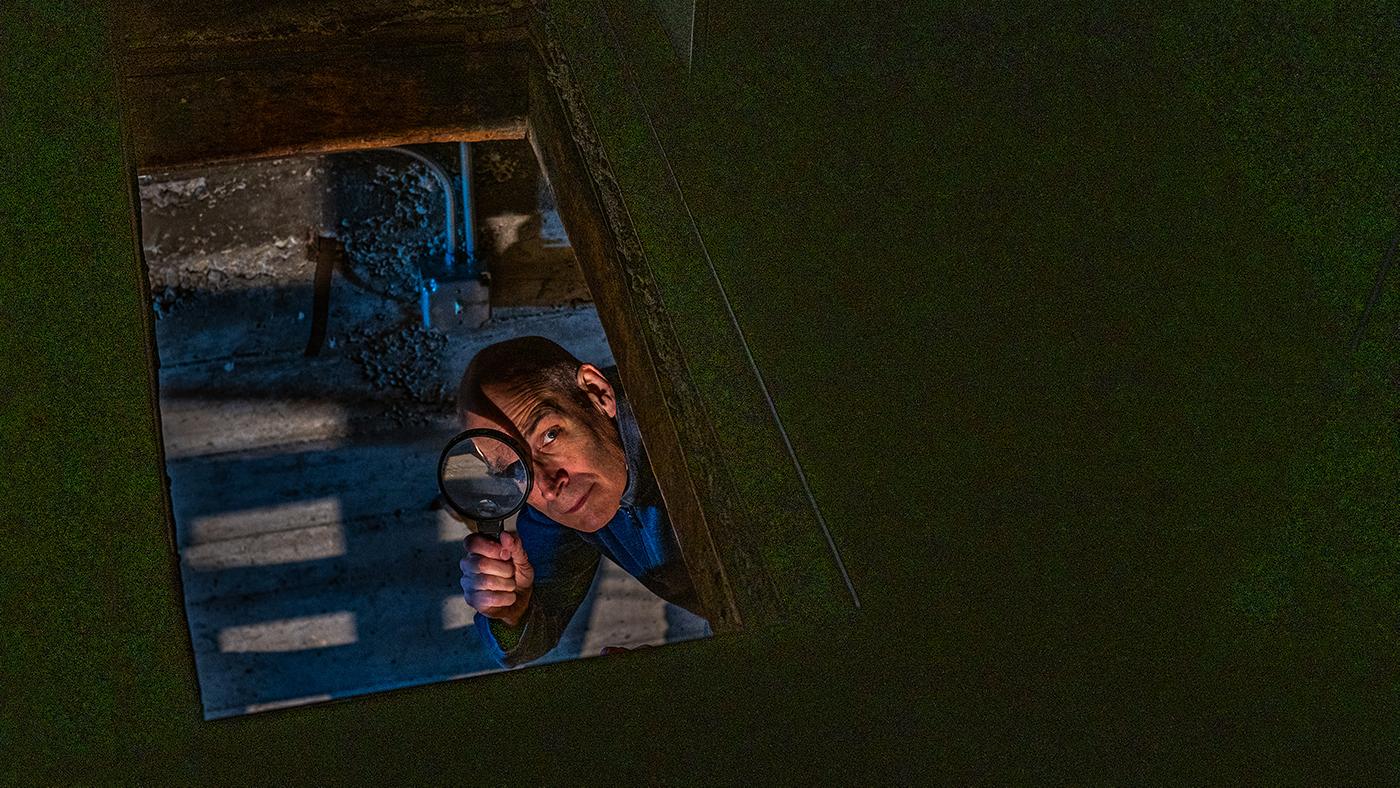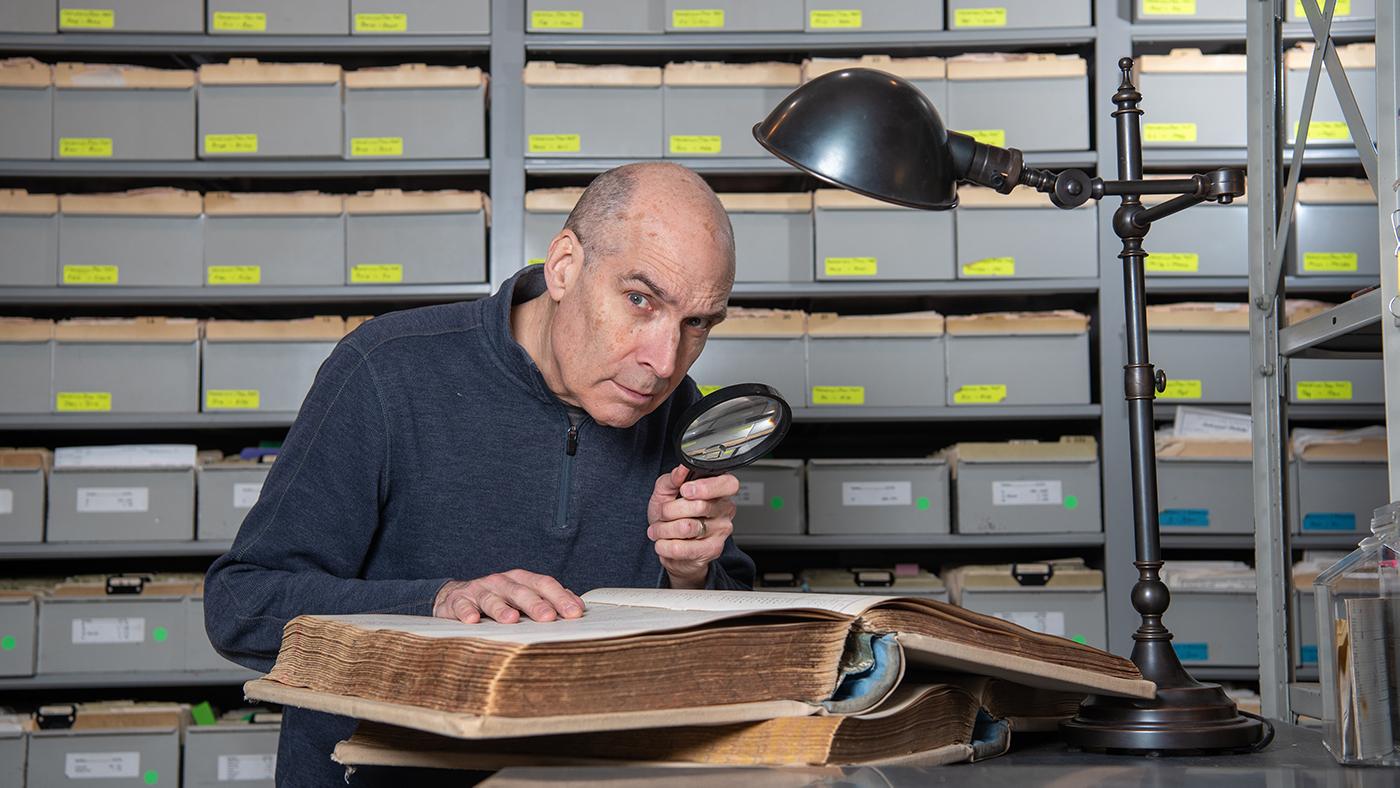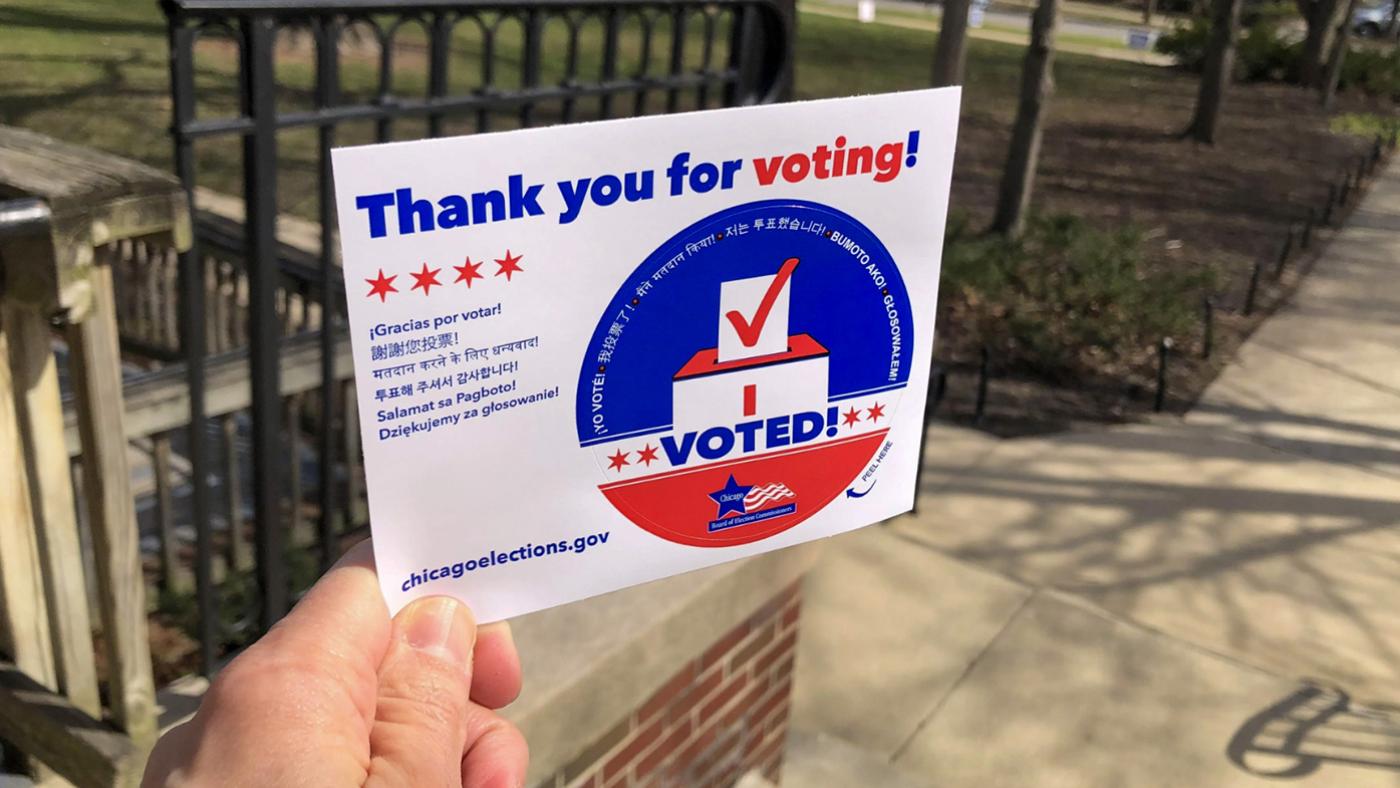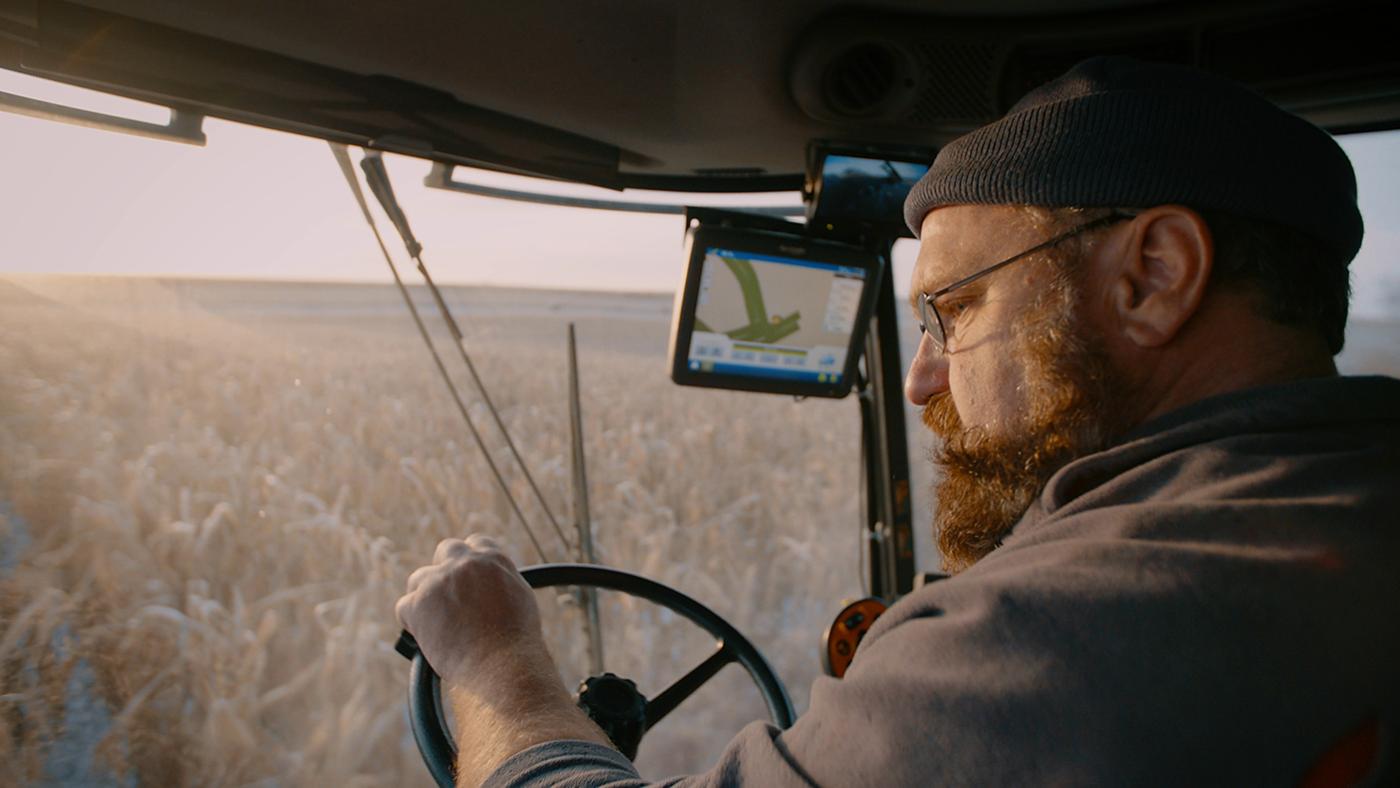Buddy Guy, American Master
Daniel Hautzinger
July 20, 2021
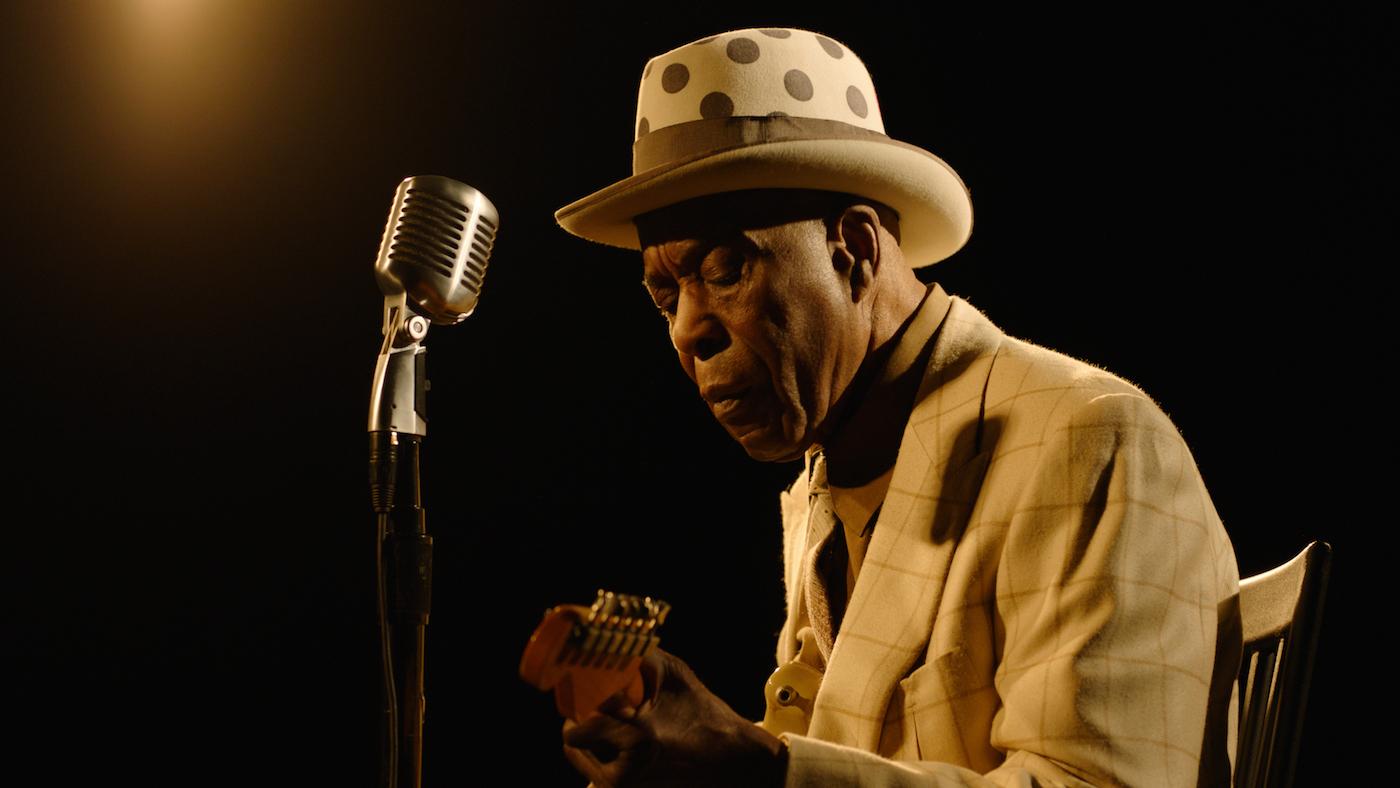
American Masters—Buddy Guy: The Blues Chase the Blues Away is available to stream by WTTW Passport members.
Buddy Guy, the son of Louisiana sharecroppers, arrived in Chicago in 1957 at 11:26 at night—“for some reason, I can’t never forget that,” the blues legend says in the upcoming American Masters documentary Buddy Guy: The Blues Chase the Blues Away, which premieres Tuesday, July 27 at 9:00 pm on WTTW, three days before his 85th birthday. Over decades without commercial success, he devoted himself to the blues, influencing the development of rock as well as numerous guitarists, from Eric Clapton, Santana, and Stevie Ray Vaughan to John Mayer, Gary Clark, Jr., and Kingfish. Eventually, he would win Grammy Awards and perform at the White House, and carry on the Chicago blues tradition of his idols Howlin’ Wolf and Muddy Waters, including at his club Buddy Guy’s Legends.
We spoke to one of the documentary’s directors, Matt Mitchener, and executive producer Sheira Rees-Davies about the film.
This interview has been condensed and edited for clarity.
Why did you want to make a documentary about Buddy Guy right now?
Matt Mitchener: Buddy’s story is a remarkable one that we felt hadn’t gotten its full due. He’s been in the background of a million other big artists and the blues, and inspired rock ‘n’ roll, and everyone’s favorite guitarist’s favorite guitarist is Buddy Guy. Especially because he’s getting up there in age, it felt like the time to get his full story on the record.
Sheira Rees-Davies: He’s one of the last iconic blues artists left. You think about the greats, the B.B. Kings and Muddy Waters, and very few are left, and Buddy is right up there.
What made you choose to have him narrate his life in the documentary?
Mitchener: Nobody can tell his life like he can. He’s also such a nice and humble and funny guy, a great storyteller. He spent half the time in every interview talking about how he doesn’t deserve to be there and he still doesn’t think he’s good enough to be a professional musician. Putting it in anybody else’s words would have felt disingenuous.
I’m curious about the stylistic choices—intercutting paintings and archival footage as he tells the story of his life.
Mitchener: When we first started the project, we had planned to go on tour with Buddy and film a whole bunch of different things. When COVID hit, we obviously couldn’t do that. So we started to piece together the story before we had the visuals to match.
Rees-Davies: We were going to spend more time with him in Lettsworth, Louisiana [his birthplace]. Because of COVID, we had a much more limited amount of access. Therefore, we used a lot more archival material than initially we were going to.
Mitchener: We embraced that, and the paintings that were so great and evocative of the era, and thought it gave a unique visual touch to a story that largely took place in past eras.
What in your backgrounds influenced you to make this documentary?
Rees-Davies: Music is at our heart, at our DNA. We’ve produced everything from music videos to feature documentaries to commercials, branded content. We’ve been working together for close to seven years now at Scheme Engine, the production company started by Matt [and others]. We focus on women and minority representation at Scheme Engine, and our roster is made up of directors, in-house creative, producers, editors, composers. We really try to magnify perspectives and decide to tell stories with purpose.
Do you have any connection to Chicago or the blues specifically?
I grew up in Oak Park, went to high school there, went to college in New York, and then I just moved back to Chicago in August. This was the first project I’ve worked on since I moved back. I always knew Buddy Guy’s Legends club, always knew Buddy Guy as a Chicago blues guy to a degree, but not nearly as much as I have come to over the course of this project, so I feel fortunate for that.
Do you have a favorite performance or track by Buddy Guy after working on this project?
Mitchener: My favorite is probably the song “I Smell a Rat.” It just opens with this maybe three-minute long, crazy guitar solo, and then he goes into this really simple Buddy storytelling. It’s just great: super simple, but it’s Buddy being Buddy, and his personality comes through in the way he sings it.
What makes Buddy Guy an “American Master”?
Mitchener: He is probably the quintessential example of an American Master. He has a quintessential American story, growing up in the South and migrating north to Chicago. He came from nothing and grew up Black in America. He didn’t have a career where he was nobody and then all of a sudden he was a massive star. He never really truly blew up, he was always up a little bit, then down, then up a little further, then down, influencing all these people who had much bigger careers than he had. But he just kept at it, kept working at it, and mastered the craft—taught himself on a crappy little two-string guitar.
In that sense, it is the American story. Buddy worked his ass off and kept at it, despite never having massive success. He couldn’t put his guitar down if he wanted to. And nonetheless, now he has his own club in Chicago and is revered by everybody.

